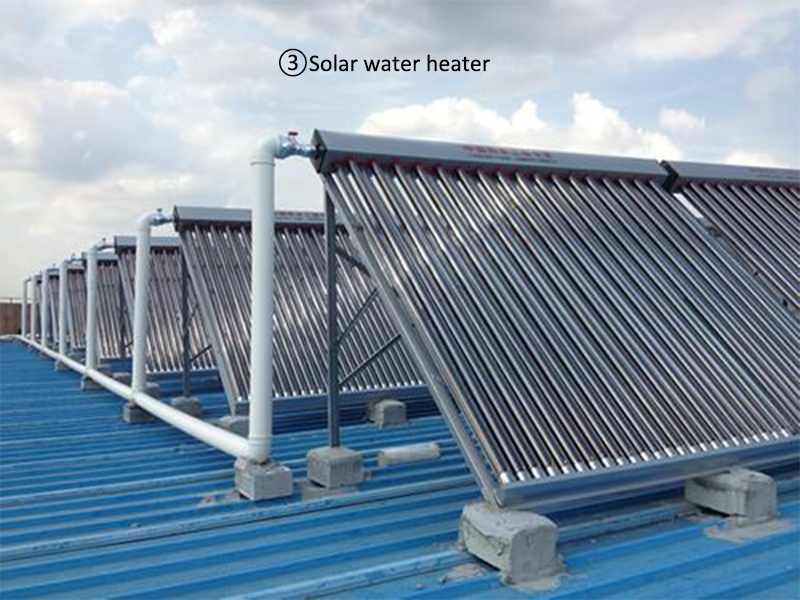
Solar water heaters are theoretically an investment and cost nothing to use. It's practically impossible.
The reason is that there are cloudy, rainy and snowy weather everywhere and insufficient sunshine in winter. In this climate, hot water is mainly produced by electric heating (some products are heated by gas). On average, more than 25 to 50 hot water is heated by electric heating every year (different regions, and the actual power consumption in areas with cloudy days is larger). Statistical data of Shanghai in the past three years show that the average annual rainy and cloudy days are as high as 67, and 70% of the heat energy of solar water heaters comes from electricity or gas at full load. In this way, the actual power consumption of solar water heater is similar to that of heat pump water heater.
In addition, the "electrothermal anti-freeze zone" (only in the north) located on the outdoor pipeline of solar water heater also consumes a lot of electricity. In addition, there are many technical defects in the structure of solar water heater which are difficult to solve.
1. The hot water pipeline is more than ten meters long. It wastes a lot of water every time it is used. According to the calculation of typical 12mm water pipe, water storage per meter length is 0.113 kg. If the average length of the solar hot water pipe is 15 meters, about 1.7 kilograms of water will be wasted each time. If the average daily use is 6 times, 10.2 kilograms of water will be wasted every day; 300 kilograms of water will be wasted every month; 3600 kilograms of water will be wasted every year; 36,000 kilograms of water will be wasted in ten years!
2. It takes a whole day's sunshine to heat the water. When the weather is good, hot water can only be guaranteed at night. There is little hot water available during the day and at night. It can not guarantee users 24 hours hot water supply, and the comfort is poor.
3. The solar energy water heater's lighting board must be installed on the roof, which is huge and bulky, and affects the architectural beauty (the more high-grade residential area is more obvious), and also easy to damage the roof waterproof layer.

